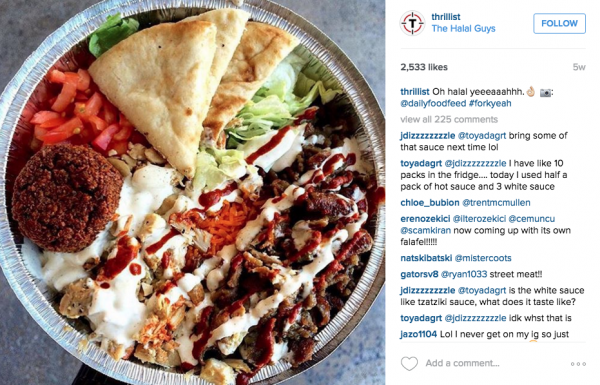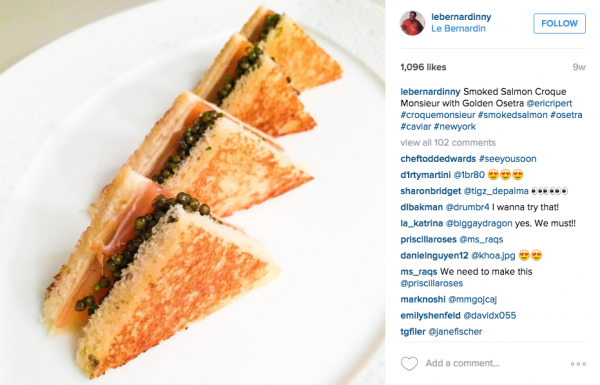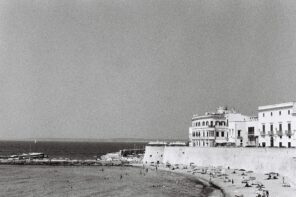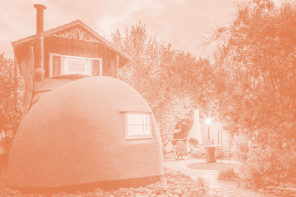If there is one thing that I learned living in New York City, it’s that there are a lot of f$@king restaurants. An overwhelming amount.
ME: How many restaurants are in New York City?
SIRI: OK, one option I see is The Halal Guys, which averages 4.5 stars and is inexpensive.
ME: I don’t think you understood the question SIRI.
SIRI: You don’t?
ME: No.
SIRI: Perhaps not.
ME: How do I determine where to eat in New York City?
SIRI: It’s complicated.
ME: How complicated?
Safari crashes. Error Message. No! I don’t want to inform Apple.
After eating at The Halal Guys, I found myself perusing restaurant fronts. As a New Yorker, we are all familiar with the Zagat Guide. That trusty little maroon book that rates restaurants based on Food, Décor, Service, & Cost on a Scale of 1 to 30. Most of the restaurants I passed displayed their Zagat Rating proudly on their facade, but then I started to notice another rating displayed: The Michelin Star.
Doesn’t Michelin make tires? Why is Michelin rating restaurants?
ME: What is a Michelin Star?
MY CHEF FRIEND: Are you serious?
ME: Yes.
MY CHEF FRIEND: It’s like the Academy Award for food.
ME: How so?
MY CHEF FRIEND: I’m cooking. Look it up.
I decided to do some research about this elusive rating system, that, turns out, isn’t that elusive. So what is a Michelin Star?
The History of the Michelin Guide
From the Horse’s Mouth: “Our company’s founders, Édouard and André Michelin, published the first MICHELIN Guide in 1900, to provide motorists with practical information about where they could service and repair their cars, find quality accommodations, and a good meal. In 1926, the star-rating system for outstanding restaurants was introduced.”
The Guide was originally published in Paris, then expanded throughout Europe after 1905.
The Guide was first published in North America in 2005 and only covers New York City, Los Angeles, San Francisco, Chicago, & Las Vegas. Sorry everyone else. No stars for you!
The Star-Rating System
Michelin is pretty close-lipped about defining their star system, but most blogs, websites, & articles define them as follows:
- 1 STAR – “A Great Restaurant in its Category, worth a stop.”
- 2 STARS – “Excellent, worth a detour.”
- 3 STARS – “Exceptional, worth a special journey.”
The Star System was first established in 1926 and only awarded 1 Star. It wasn’t until 1931 that the three-star hierarchy was introduced.
Who Determines Which Restaurants Receive Stars?
Michelin employs a team of confidential inspectors who they claim are expertly trained food industry professionals. They dine as ‘regular’ customers in order to “experience & evaluate the same level of service & cuisine you would as a guest.”
- You can check out @MichelinGuideNY to see what the inspectors are up to.
How Many Restaurants in NYC Have Michelin Stars?
Of all the restaurants in NYC’s Five boroughs, 6 have 3 Stars, 9 have 2 Stars, and 58 have 1 Star for a total of 73.
Some other fun facts to chew on:
- Celebrity Chef Gordon Ramsay lost both of his Michelin Stars for his restaurant The London in NYC. It is the only restaurant to ever lose both stars at once. Ramsay claimed he cried when he lost them.
- David Cheng is rumored to have turned down his third Michelin Star for Momofuku Ko.
- The Guide also offers the rating of Bib Gourmand for “exceptional good food at moderate prices.” It has offered this rating since 1955.
- There are none on the East End. But we think there are a few that are pretty damn deserving.
So… get out there and eat people. I just narrowed it down to 73 restaurants for you.















